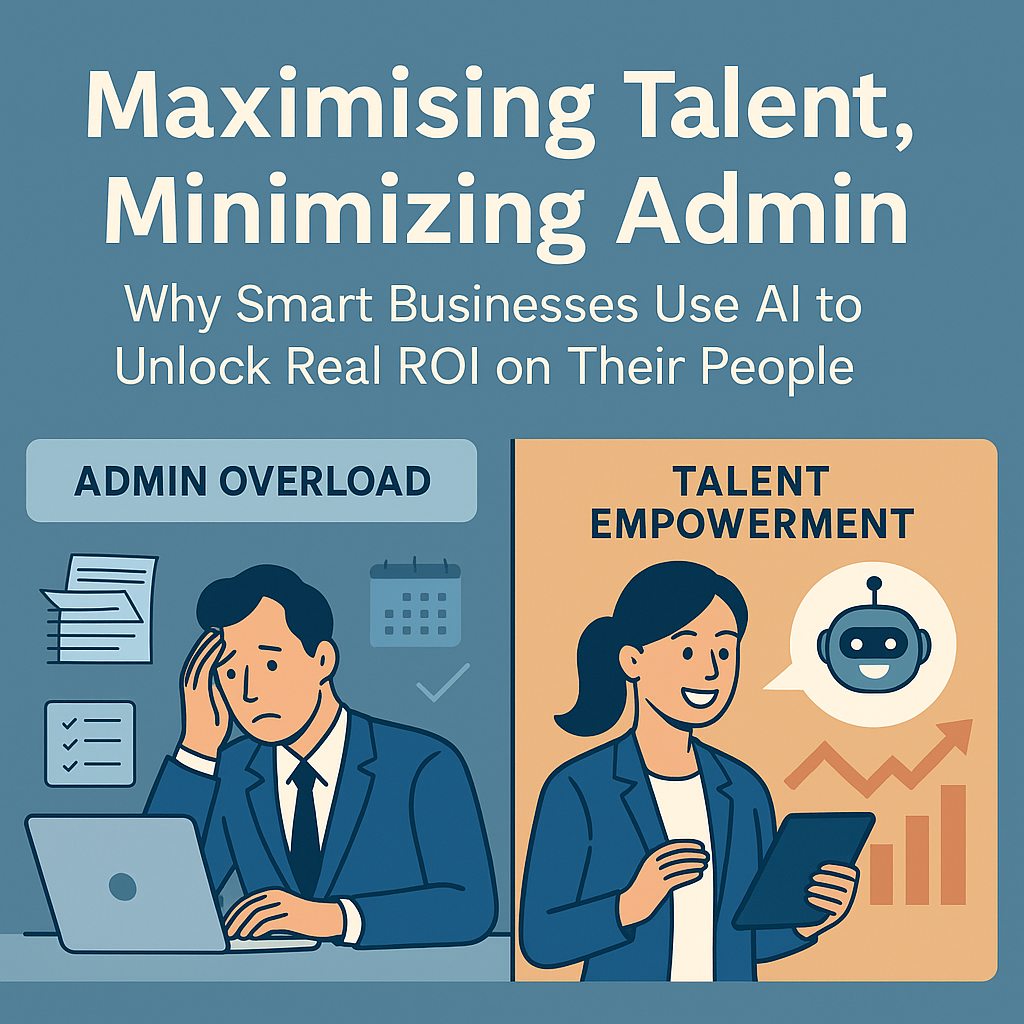The way we communicate has fundamentally changed. Twenty-five years ago, it was landline or bust… Unless you count running up a hill to send smoke signals to a nearby village. Today there are myriad channels that humans can use to communicate with each other, across voice, email, web, SMS, WhatsApp, social media and more.
Businesses usually lag behind consumers, but even the most antiquated companies are already going beyond voice and email to engage their customers. Nowhere is the importance of communications more pronounced than in the contact centre environment.
When a consumer engages with a contact centre they do so with a particular need. Either they want to buy something, ask something, complain about something, or leave. Making the experience positive needs to be a strategic business priority. Unhappy customers vote with their feet.
Just look at the stats. 80% of customers say the experience a company provides is as important as its products and services. 67% of customers say they’ll pay more for a great experience and 70% of customers say connected processes are very important to winning their business.
So how can you deliver the best experience? And, crucially, how can track the customer experience so that you can measure and improve it?
- Make it omnichannel: Today’s digitally savvy consumer expects personalised and seamless interactions with you, across every channel. Making these interactions easy and direct.
- Get the data: Ensuring that you can integrate your phone system or contact centre solution with your CRM system is a crucial element to any deployment.
- Use the data: Giving your workforce instant access to the data of the customer that is calling enhances the customer experience but also allows the workforce to quickly see notes, issues, orders etc that the customer might be calling about. It also allows whoever is engaging with the customer to update their account easily, so the CRM system should always be up to date.
- Performance & Workforce Management: The right solution can capture and aggregate data across multiple systems while providing a single, standardised framework for efficiently tracking, managing, and improving individual, team, and organisational performance.









